Do you have a question about the Campbell Hausfeld WG3020 and is the answer not in the manual?
Details the welder's features and provides unpacking and inspection instructions.
Specifies the need for a dedicated 115V circuit, breaker ratings, and extension cord advice.
Identifies key components and controls of the WG3020 model.
Defines hazard levels and provides critical initial safety warnings for operation.
Advises on preventing electric shock, fire hazards, and proper protective gear.
Details risks from arc radiation, intense light, and hot metal, recommending protective measures.
Discusses risks from welding fumes, EMF interference, and proper cable management.
Provides safety guidelines for handling and using compressed gas cylinders.
Lists relevant industry safety standards and codes for welding and cutting.
Step-by-step instructions for assembling the handle, wheels, bottle deck, and feet.
Procedure for loading welding wire into the machine, including tip and nozzle setup.
Explanation of polarity settings and the welder's duty cycle and thermal protection.
Instructions for assembling the Model WT1000 welding helmet.
Guide to installing shielding gas, including types, regulator hookup, and cylinder safety.
Pre-operation checks, surface preparation, and safety gear requirements.
Steps for connecting the work clamp, setting controls, and performing the weld.
Procedures for pre-use checks, and periodic maintenance every 3 months.
Lists common wear parts like rollers, tips, and liners that require maintenance or replacement.
Instructions for changing drive rollers and contact tips for different wire types.
Explains fundamental welding techniques and the importance of heat setting.
Guidance on selecting wire and proper angles for effective welds.
Details on tuning wire speed and adjusting travel speed for optimal weld appearance.
Procedure for removing slag after flux-core welding, emphasizing safety precautions.
Description of basic welding positions (flat, horizontal, vertical, overhead) and their techniques.
Explanation of when to use push or pull techniques based on material type and thickness.
Specific preparation steps for welding aluminum, including cleaning and gas usage.
Common problems related to no output, wire tangles, and wire feed malfunctions.
Troubleshooting for issues like intermittent bead thickness, ragged edges, and poor penetration.
Details the warranty period, what is covered, and exclusions for the welder and accessories.
Outlines the roles of the manufacturer and the purchaser regarding warranty claims.
Schematic illustrating the electrical connections and components of the welder.
Diagrams and part numbers for identifying replacement components of the WG3020.
A comprehensive list of part numbers and quantities for the WG3020 welder.
Definitions of common welding terms and concepts used in the manual.
| Brand | Campbell Hausfeld |
|---|---|
| Model | WG3020 |
| Category | Welding System |
| Language | English |
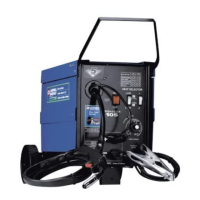
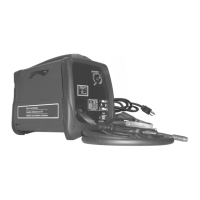
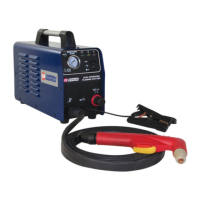
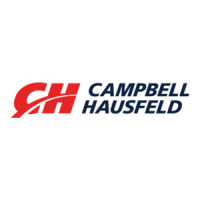
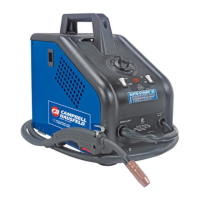
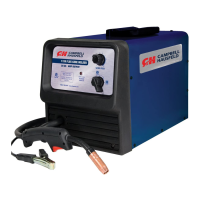
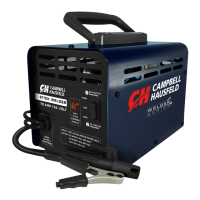
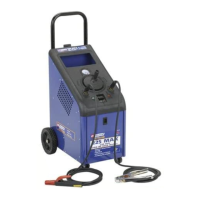
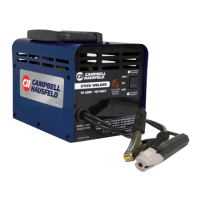

